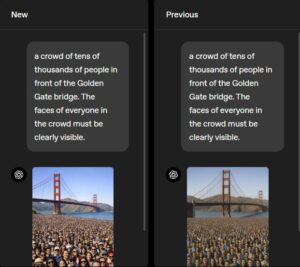If you’ve ever wanted a camera that nods to the past without being stuck there, then the recently-launched Fujifilm X-E5 recently will surely tickle your fancy with its offer of a slower, more considered approach to capturing a moment.
The new camera feels like a natural continuation of the Japanese imaging company’s X-E series, retaining the rangefinder-style charm while updating the internals with Fujifilm’s latest APS-C sensor and processor.
The aluminium alloy body has a reassuring weight and cool touch, giving the camera a sense of quality without making it a burden to carry around. At 445 grams with battery and a single SD card, it feels solid yet portable, though pairing it with larger zooms makes it front-heavy and your hands might feel the effects after a long day of shoots.
At the same time, the Fujifilm X-E5’s clean chamfered edges, textured dials, and off-centre viewfinder give it a distinctly classic Leica-like look. Some will find endearing this while others might see it as slightly nostalgic for nostalgia’s sake.
Just like old rangefinder cameras, the Fujifilm camera’s controls are straightforward, with dedicated dials for shutter speed and exposure compensation. The new film simulation dial is the key selling point here and it is genuinely useful if you like experimenting with Fujifilm’s colour profiles.
Want to switch from the subtle Astia to the punchy Velvia? The dial lets you quickly change on the fly, which is useful during a portrait session. These simulations are well-implemented, although if you prefer to shoot in the RAW format and process your images later, the dial may feel more like a nice extra than a game-changer.
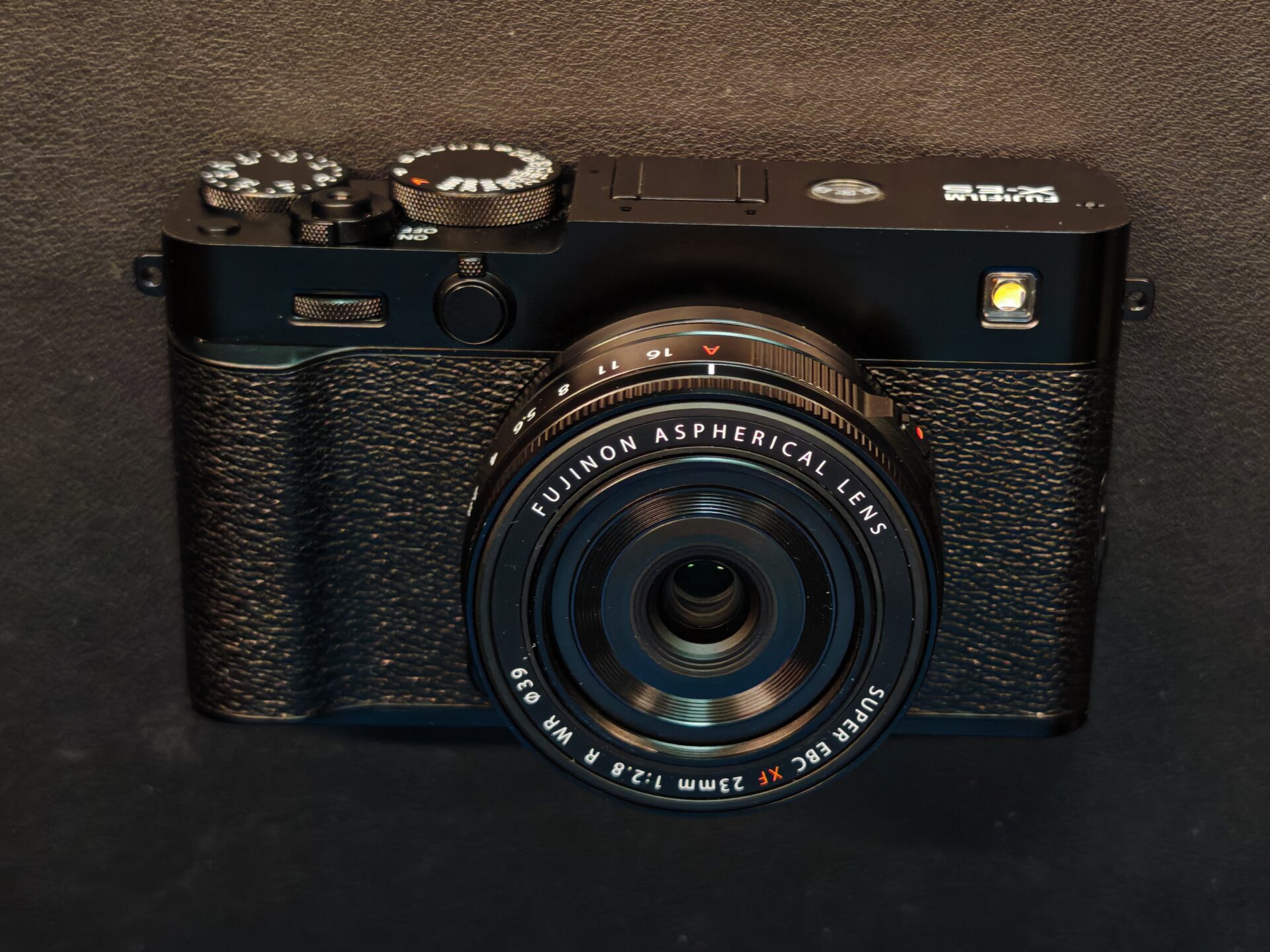
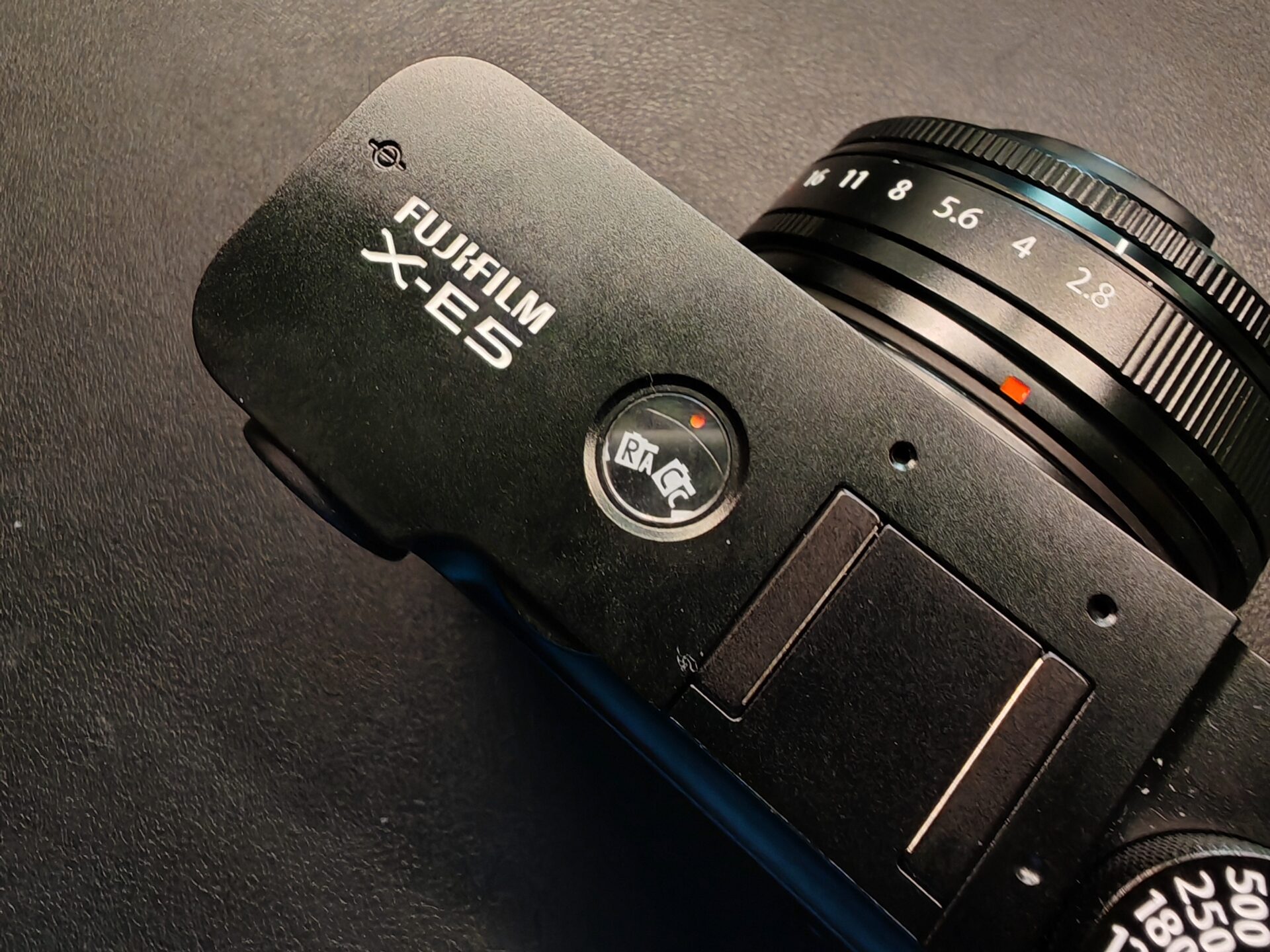

Fujifilm’s 40.2-megapixel X-Trans CMOS 5 HR sensor is similar to the X-T5 but is a big leap in resolution for the X-E line. It produces detailed images with plenty of latitude for cropping and large prints.
In good light, the level of detail is impressive, but you will notice that hand-holding at slower shutter speeds becomes less forgiving at this resolution. Low light performance is respectable, thanks to the back-illuminated design, but keep it to the maximum ISO3200 because ISO noise creeps in sooner than on some lower-resolution sensors.
Enhancing this capability, the camera features a front lever, a throwback to the classic self-timer lever of vintage cameras. This enables users to engage various digital crop modes directly in-camera, such as 1.4x or 2x zoom crops, which are visible in both the electronic viewfinder and rear LCD screen. With this, framing tighter shots is quicker and more intuitive without having to change lenses or walk closer to a subject.
However, much like the film simulation feature, many photographers might still prefer to shoot at full resolution and perform cropping with post-production software like Adobe Lightroom or Photoshop.
Cropping in post offers greater control over composition and allows adjustment of framing with more precision. Additionally, it preserves the option to revert or experiment with different crops without any in-camera commitment. This takes full advantage of the sensor’s high resolution for the best possible output.
On the upside, Fujifilm’s X-Processor 5 keeps the camera responsive, even when dealing with large files. Autofocus is quick and generally accurate, with reliable subject recognition for people, animals, and vehicles.
Make sure you choose the right focusing mode to ensure an image is sharp, of course. The camera is not infallible, especially in dim light or with erratic movement since the Fujifilm X-E5 is not designed to be a sports photography tool.
Continuous shooting tops out at 8 frames per second (fps) mechanically and 13 fps electronically. That said, these capabilities are more than adequate for casual action shots such as cycling and skateboarding.
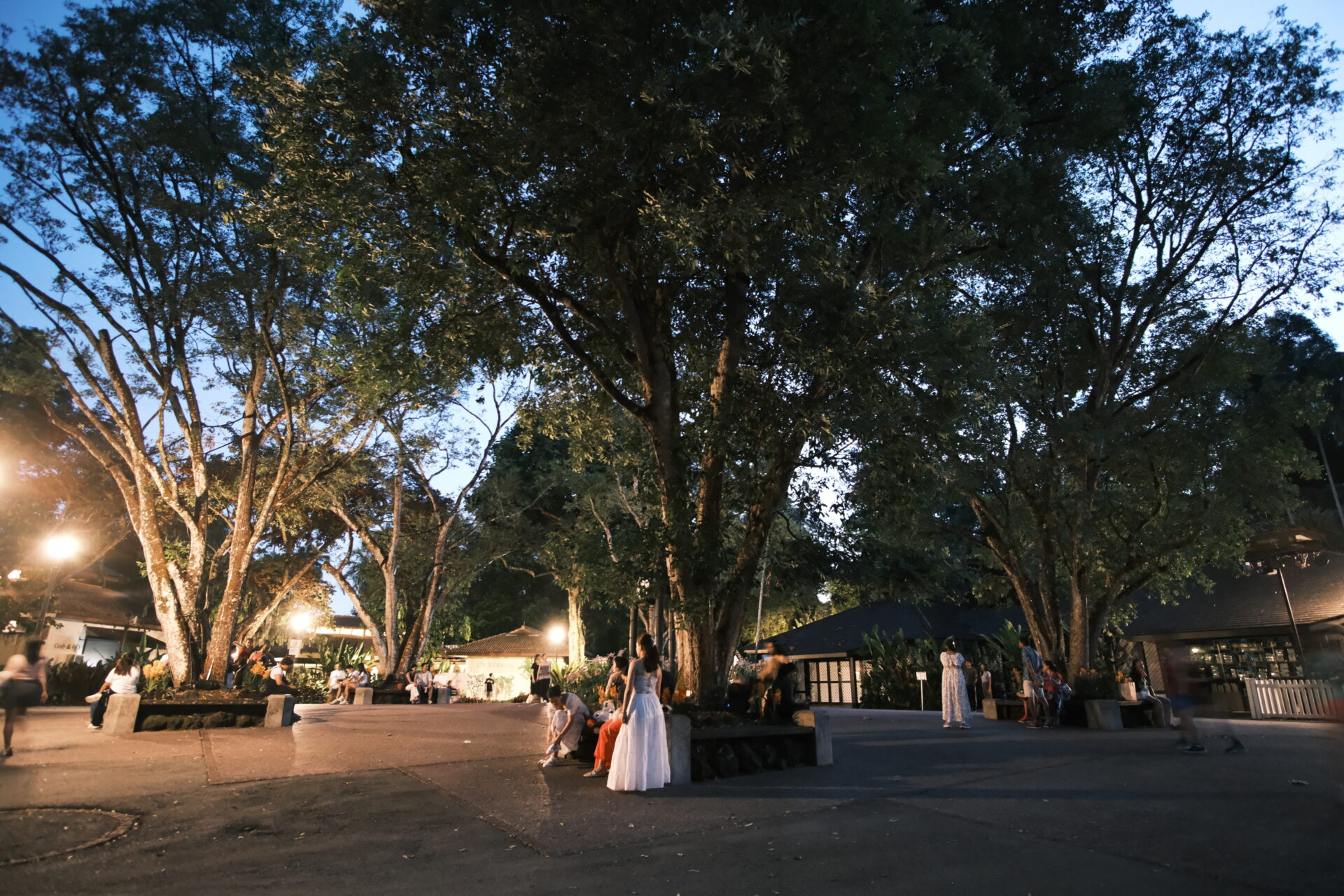


Image quality is where the X-E5 shines. JPEGs look excellent straight out of the camera, with Fujifilm’s trademark colour rendering and smooth tonal transitions.
Shadows hold detail without turning muddy, and highlights roll off naturally. RAW files are flexible for post-processing, though the 40MP size means storage space will vanish more quickly than you might expect. Use a 64GB UHS-II SD Card for both speed and storage capacity.
Handling is very much in keeping with the X-E ethos. The grip is minimal, which works fine for smaller hands and smaller prime lenses but can be less secure with heavier lenses.
Some buttons, like the four-way buttons from previous generations, are gone, meaning more reliance on the small joystick to navigate the menus or use custom function assignments. You can also use the rear touchscreen though it is less intuitive.
The dials are slightly larger and easier to adjust but the lack of locking mechanisms will divide opinion. Some will appreciate the speed of changing settings without unlocking the dials, while others will be annoyed by the occasional accidental change.
The electronic viewfinder offers a bright, sharp display that makes composing and reviewing images a pleasant experience, though its resolution now matches industry standards rather than setting new benchmarks.
The rear LCD is crisp and its tilting mechanism proves practical for shooting from both low and high perspectives such as shooting above the heads of crowds. However, because the screen cannot rotate forward, vloggers and those who wish to capture self-recorded video will find its flexibility limited compared to cameras featuring fully articulating displays.
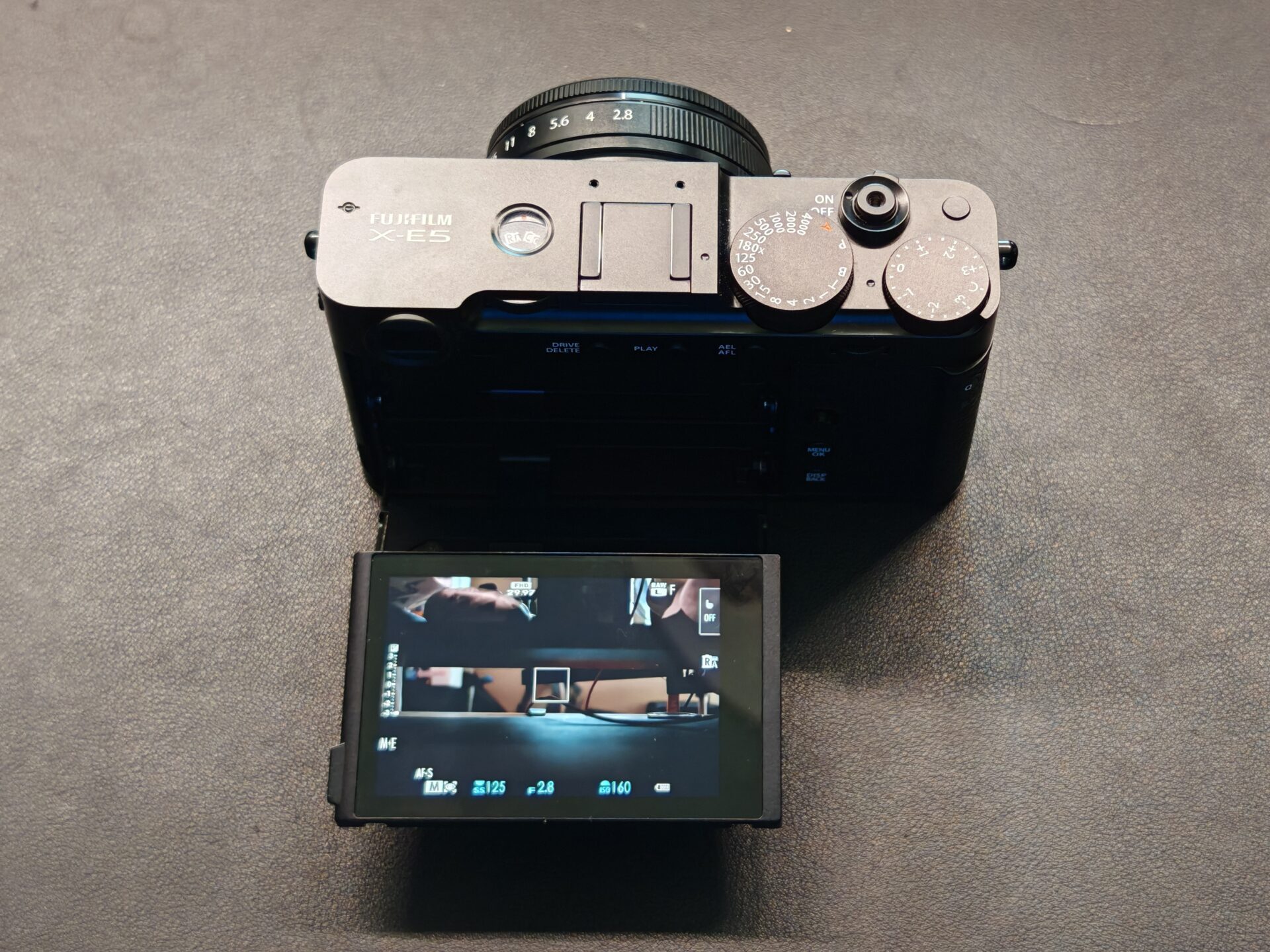
Video features have been given a noticeable upgrade on the Fujifilm X-E5, with support for shooting at an oversampled 6.2K resolution at 29.97fps and 4K at 60 fps to produce detailed footage. This brings flexibility for users capturing video.
High-speed Full HD is also available for the slow motion effect. F-Log and F-Log2 are welcome for grading flexibility, although this new Fujifilm is still more of a stills camera with solid video capability than a full-fledged video tool.
Battery life is average for a high-resolution mirrorless camera, and the single UHS-II SD card slot will be fine for most users but may concern professionals who want in-camera backup with a second slot.
Connectivity is up to date, with Wi-Fi and Bluetooth pairing made simple, though the Bluetooth button’s placement on the baseplate is slightly awkward and might spoil it if not careful.
Out in the field, the X-E5 is discreet and versatile. With a small lens, it blends in well for street and travel photography, while still delivering the resolution needed for more detailed work. Older XF lenses, such as the 18-55mm f2.8-4 kit lens, perform surprisingly well with the new sensor, though some may reveal their optical limits.
To be sure, the X-E5 is not perfect. It lacks certain features, such as a deeper grip, dual card slots, a fully articulating screen, but it also avoids becoming bloated with functions that do not fit its ethos.
It remains a camera that is as much about the enjoyment of shooting as the final image – for many photographers, that balance will make it a very satisfying companion.
At S$2,099 for the body alone, the price is justifiable for an advanced camera that features Fujifilm’s unique film simulation mode conveniently placed on the top plate for quick access – something many photographers will appreciate.
However, for a little over S$300 more at some online retailers, you could also opt for the more advanced Fujifilm X-T5, which arguably offers better overall value with dual SD card slots, a weather-sealed body, a higher resolution electronic viewfinder and rear screen, as well as a more comfortable grip.
If you are a beginner, an alternative to Fujifilm might be the Sony ZV-E10 II, which is more affordable at under S$2,000 and still provides full manual control albeit with screen-only controls.





